Soya Chaap is a popular vegetarian dish made from soy protein in Indian cuisine. Marinated in a mix of yoghurt or cream and spices, it can be grilled, roasted, or used in curries. Common dishes include Soya Chaap curry and Soya Chaap tikka. It’s a high-protein, low-saturated fat option with health benefits, making it a versatile and nutritious choice for those looking for meat alternatives in Indian dishes.
How is Soya Chaap made basically?
“Chaap” refers to a vegetarian meat substitute made from soybean or wheat gluten. It is a popular ingredient in many vegetarian and vegan dishes, particularly in South Asian cuisine. Here’s a general process of how soya is converted into Chaap:
Ingredients
- Soy chunks or granules: These are the bases for making Chaap. Soy is an excellent source of protein and provides a meaty texture when prepared properly.
- Spices and Marinade: A blend of spices and marinade ingredients is used to flavour and marinate the soy chunks. Common ingredients include ginger-garlic paste, yoghurt, various spices like cumin, coriander, red chilli powder, turmeric, garam masala, etc.
- Dough (optional): Some recipes might include a dough made from wheat flour or all-purpose flour. This is used to coat the marinated soy chunks, giving them a crispy exterior when cooked.
Steps
Step 1 Soak soyabeans and boil soya chunks
- In a bowl, soak soyabeans in water overnight and then make a paste of it by blending it. In the meantime, take a pot and boil the soya chunks in water, drain out the hot water and transfer them to a bowl with cold water.
Step 2 Grind the soya chunks to make a paste
- After the soya chunks become soft in water, drain the water and grind the soya chunks to form a paste. Mix this paste with the soyabean paste. Add all-purpose flour and salt and mix to form a dough.
Step 3 Give shape to Chaap
- Flatten out the dough with the help of a rolling pin and cut long and slightly broad pieces. Take long ice cream sticks and wrap one long piece around one ice cream stick. Boil the rolled soya sticks in a pan with water.
Step 4 Cool them down
- After the water boils, drain it and transfer the soya sticks to a bowl with cold water. After they cool down, they are ready and can be used to make various dishes. You can store the Soya Chaap and relish it anytime.
How is Soya Chaap used in Indian Cuisine?
Soya Chaap is a versatile ingredient in Indian cuisine and can be used in various ways. Here are some common ways in which it is incorporated into Indian dishes:
- Curries and Gravies:
- Soya Chaap is often used as a key ingredient in curries and gravies. The protein-rich Chaap absorbs the flavours of the spices and the curry base, creating a hearty and flavourful dish. It pairs well with tomato-based gravies, creamy curries, or even spicy masala preparations.
- Snacks and Appetizers:
- Soya Chaap can be marinated with spices and grilled or roasted to create appetizers or snacks. Soya Chaap tikka is a popular choice, where the marinated Chaap is skewered and grilled to perfection, offering a smoky and savoury snack.
- Biryani and Pulao:
- Soya Chaap can be added to biryanis and pulao’s to enhance the protein content and add a meaty texture. The Chaap absorbs the flavours of the rice and spices, making it a delicious and satisfying addition to these rice-based dishes.
- Rolls and Wraps:
- Soya Chaap is a common filling for rolls and wraps. It can be combined with various accompaniments such as onions, tomatoes, and sauces to create a flavourful and wholesome roll or wrap.
- Soya Chaap Curry:
- A dedicated curry made with Soya Chaap is a popular choice. The Chaap is cooked in a rich and aromatic curry sauce, often featuring a blend of spices, onions, tomatoes, and cream, resulting in a delicious and satisfying dish.
- Soya Chaap Kebabs:
- Soya Chaap can be used to make kebabs, either grilled or pan-fried. These kebabs can be served as appetizers or as a main course, accompanied by chutneys or sauces.
- Soya Chaap in Sabzi:
- Soya Chaap can be added to various vegetable sabzis, creating a fusion of flavours and textures. It adds a unique element to the dish and makes it more substantial.
- Soup and Noodle Dishes:
- In some cases, Soya Chaap can be sliced and added to soups or noodle dishes, providing a protein boost and adding a chewy texture to the overall dish.
In essence, Soya Chaap is a versatile ingredient that adapts well to different cooking methods, making it suitable for a wide range of Indian dishes, from traditional curries to contemporary snacks and appetizers.
Also Try: The Sea Buck Thorn Saga
Health Benefits of Soya Chaap
Soya Chaap offers several health benefits, making it a nutritious addition to a balanced diet. Here are some of the key health benefits associated with consuming Soya Chaap:
1. Rich in Protein:
– Soya Chaap is an excellent source of plant-based protein. Protein is essential for the growth, repair, and maintenance of tissues in the body. It is particularly beneficial for individuals following a vegetarian or vegan diet, as it provides a high-quality protein source.
2. Low in Saturated Fat:
– Soya Chaap is low in saturated fat, which is associated with various health benefits, including heart health. Diets low in saturated fat are recommended for maintaining healthy cholesterol levels and reducing the risk of cardiovascular diseases.
3. Heart Health:
– The presence of unsaturated fats and the absence of cholesterol in Soya Chaap contribute to heart health. Including Soya Chaap in a balanced diet can help support cardiovascular well-being.
4. Dietary Fiber:
– Soya Chaap contains dietary fibre, which is beneficial for digestive health. Fiber helps regulate bowel movements, prevents constipation, and contributes to overall gastrointestinal health.
5. Antioxidant Properties:
– Soy products, including Soya Chaap, contain antioxidants such as isoflavones. These compounds have been associated with various health benefits, including reducing inflammation and protecting cells from oxidative stress.
6. Bone Health:
– Soya Chaap is a source of calcium and magnesium, minerals that play a crucial role in maintaining bone health. These minerals are essential for bone formation and strength.
7. Vitamins and Minerals:
– Soya Chaap provides various vitamins and minerals, including iron, phosphorus, and vitamin B complex. These nutrients are essential for overall health, supporting functions such as energy metabolism, blood cell formation, and maintaining healthy skin.
8. Weight Management:
– As a protein-rich food, Soya Chaap can contribute to satiety and help in weight management by promoting a feeling of fullness. Including protein in meals can be beneficial for those looking to control or reduce their body weight.
9. Hormonal Balance:
– Soy products contain phytoestrogens, which are plant compounds that have a similar structure to estrogen. These compounds may contribute to hormonal balance in the body, potentially offering benefits for women during menopause.
It’s important to note that individual dietary needs and health considerations can vary, so it’s advisable to consult with a healthcare professional or a registered dietitian for personalized dietary advice. While Soya Chaap has numerous health benefits, moderation and balance in dietary choices are key to overall well-being.
7 Easy to make Recipes using Soya Chaap:
RECIPE 1] Soya Chaap Tikka (Starter)
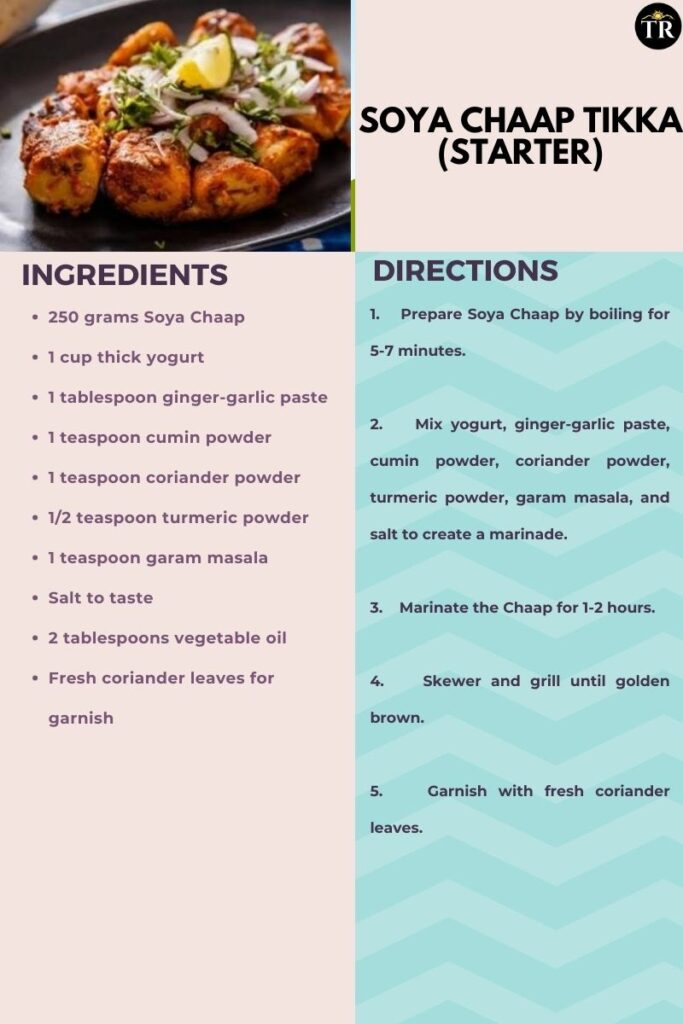
RECIPE 2] Soya Chaap Curry (Main Course)
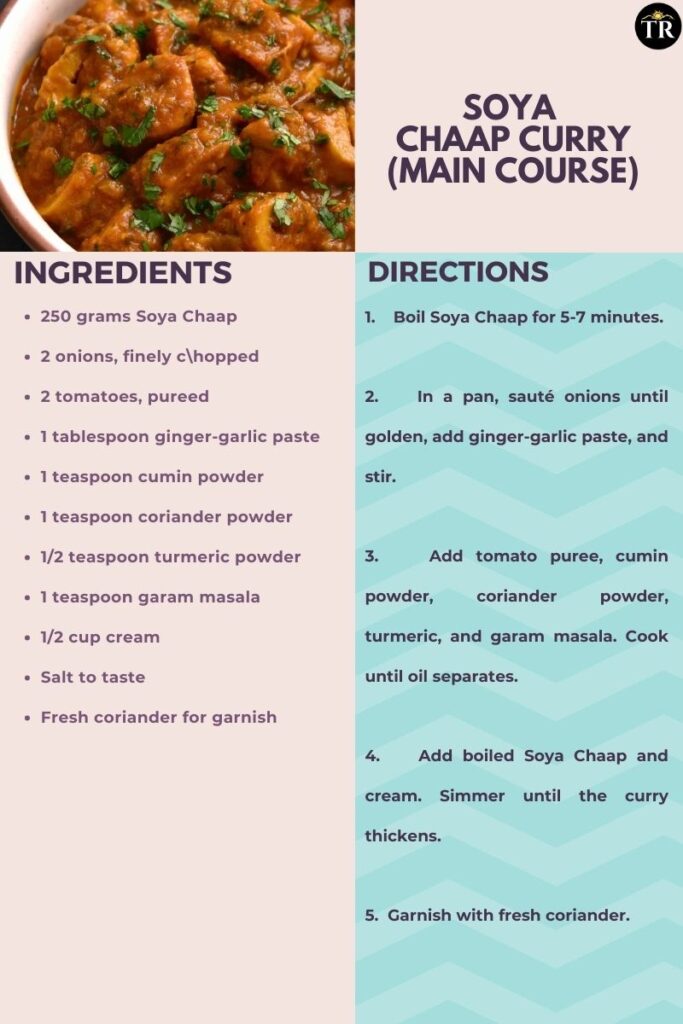
RECIPE 3] Soya Chaap Biryani (Main Course)
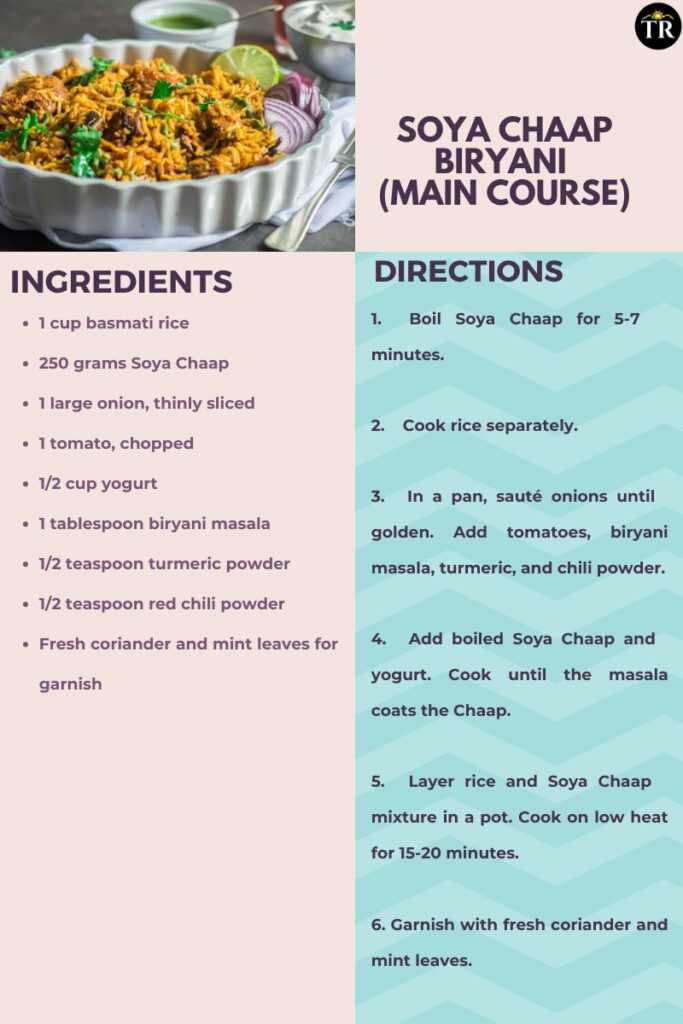
RECIPE 4] Soya Chaap Korma (Main Course)
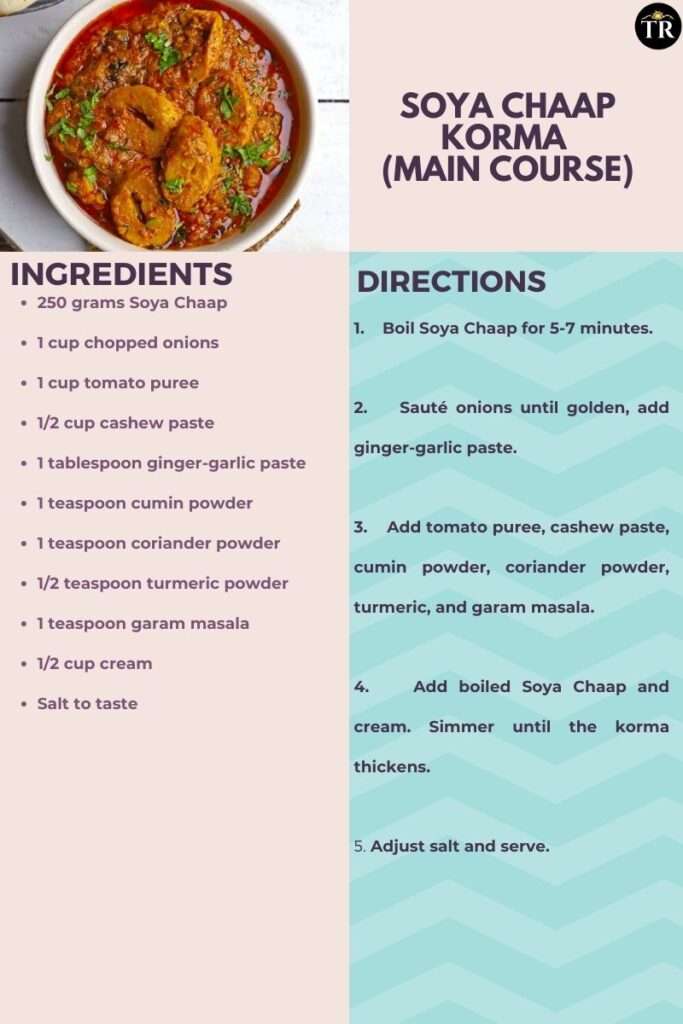
RECIPE 5] Soya Chaap Roll (Snack)
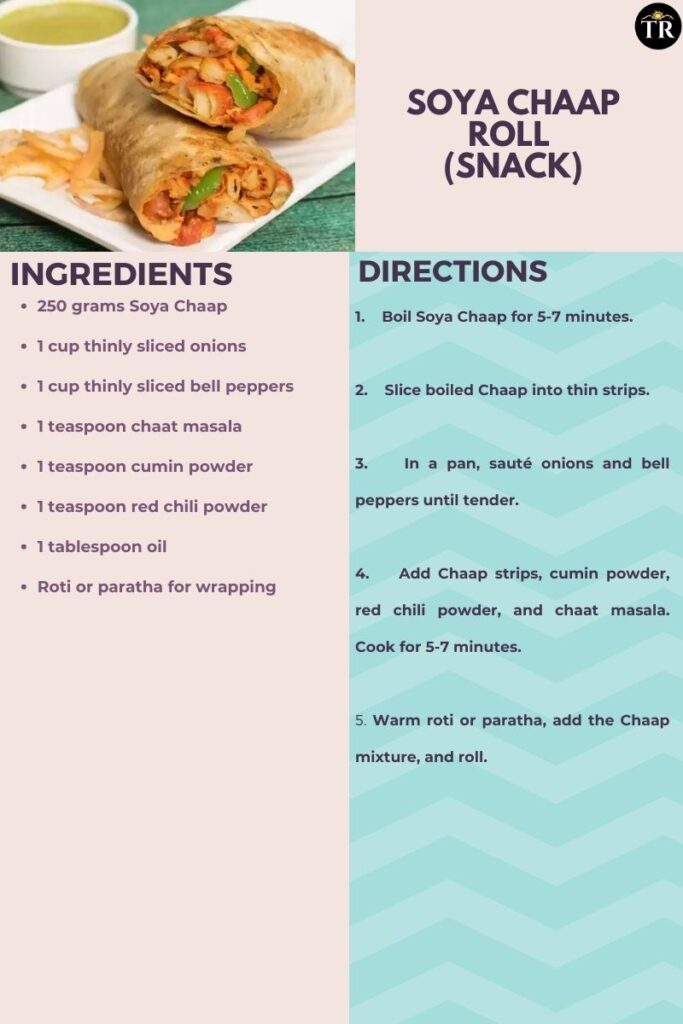
RECIPE 6] Soya Chaap Noodle Bowl (Main Course)
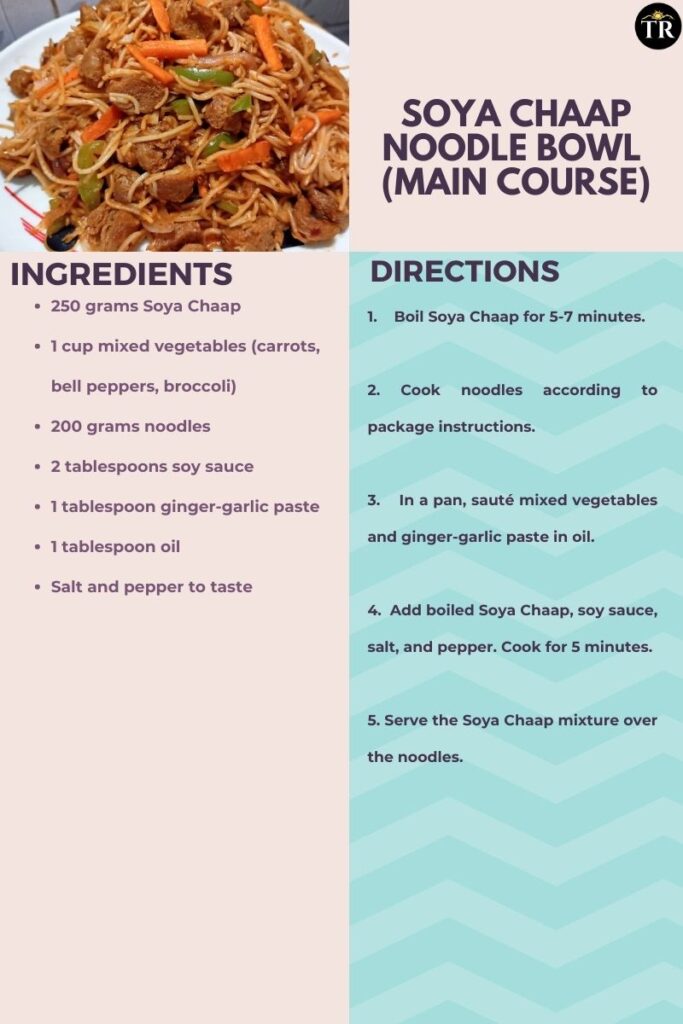
RECIPE 7] Soya Chaap Salad (Side Dish)
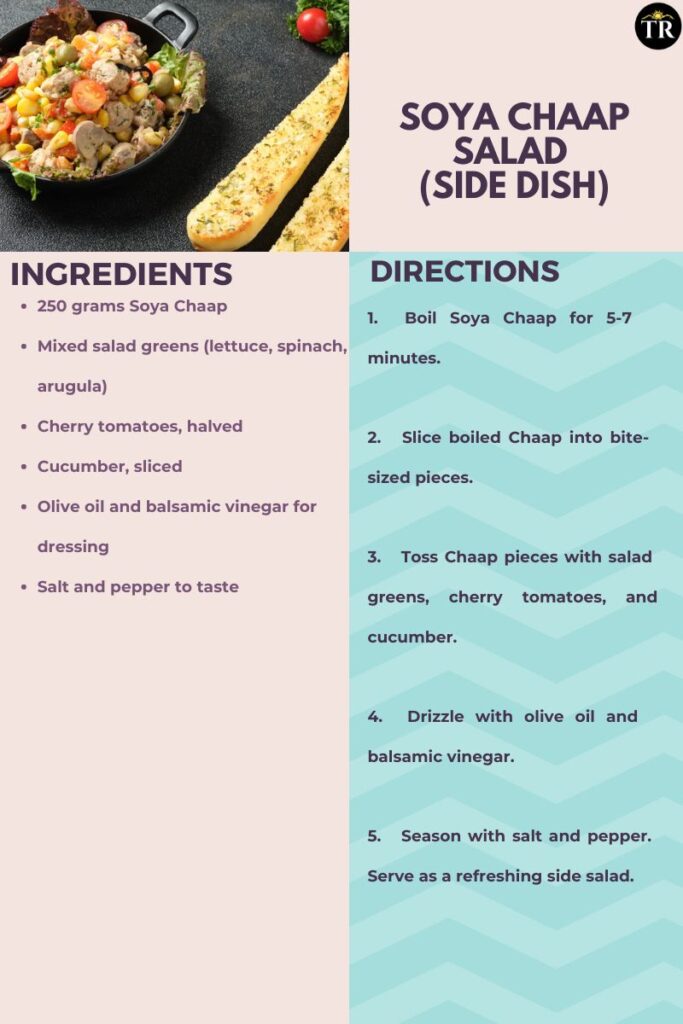
Soya Chaap stands out as a versatile and nutritious ingredient in Indian cuisine. From appetizers like Soya Chaap Tikka to main courses such as Curry and Biryani, its adaptability shines through. Soya Chaap not only provides a satisfying meaty texture but also offers health benefits, being rich in protein, low in saturated fat, and containing essential nutrients. Whether enjoyed in rolls, noodle bowls, or salads, Soya Chaap opens up a flavourful world of diverse, meat-free culinary experiences. It’s an excellent choice for those seeking both taste and nutrition in their vegetarian or health-conscious meals.
Disclaimer: The views expressed in this article are of the author solely. TheRise.co.in neither endorses nor is responsible for them. Reproducing this content without permission is prohibited.
About the author
Dr. Kaviraj Khialani, celebrity master chef is a Mumbai based food and hospitality consultant. He is specialised in over 33 plus international cuisines & is a two times national award winner for his excellence in his field of expertise. Chef Kaviraj has worked with some of the reputed hotel chains & airline companies in India & Overseas. He is a renowned academician, food designer & author- writer on food and culinary features, besides having been featured on Colors Television & Star plus he loves trying global fusion cooking promoting Indian food on an international platter for the diaspora.

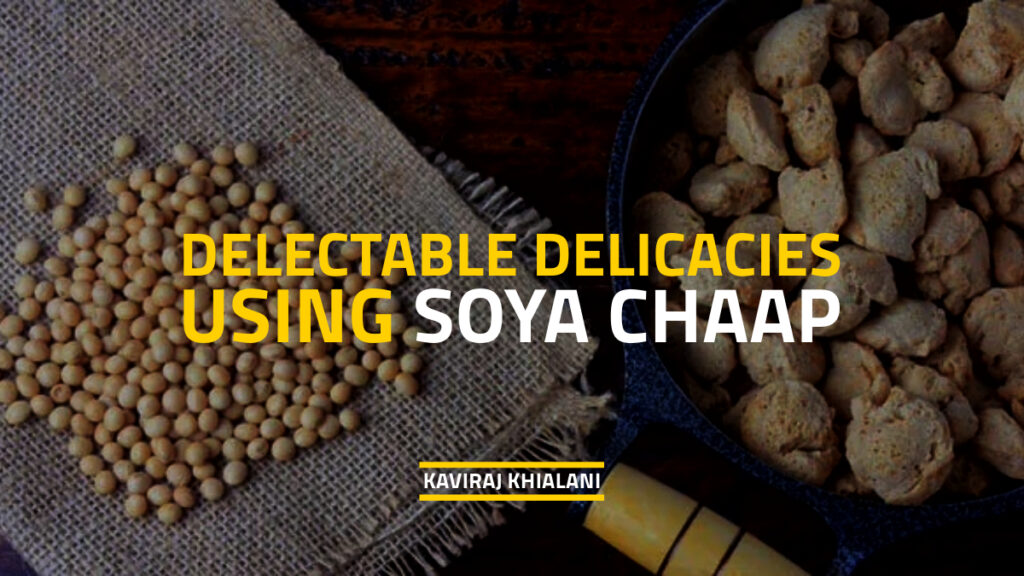


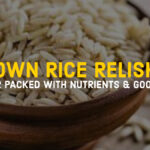



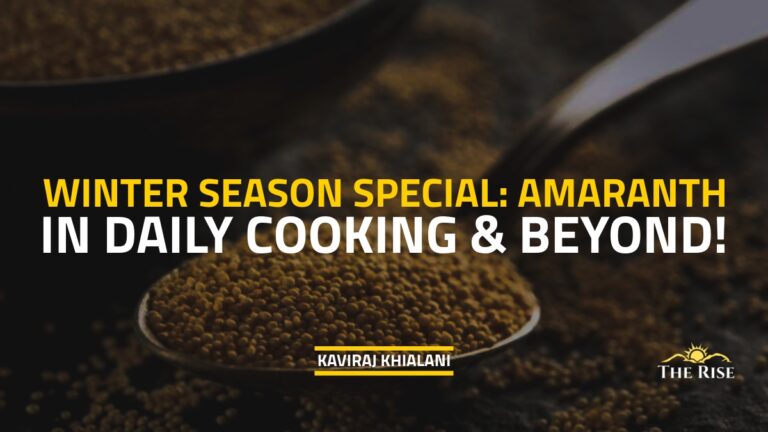
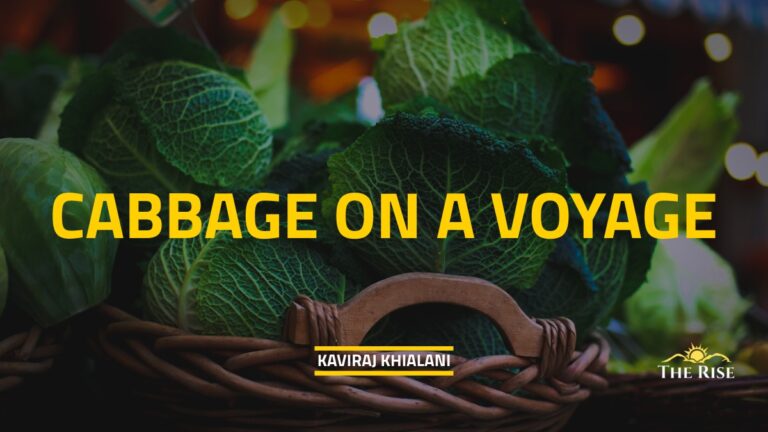

Pingback: WONDERS OF VIETNAMESE CUISINE - TheRise.co.in